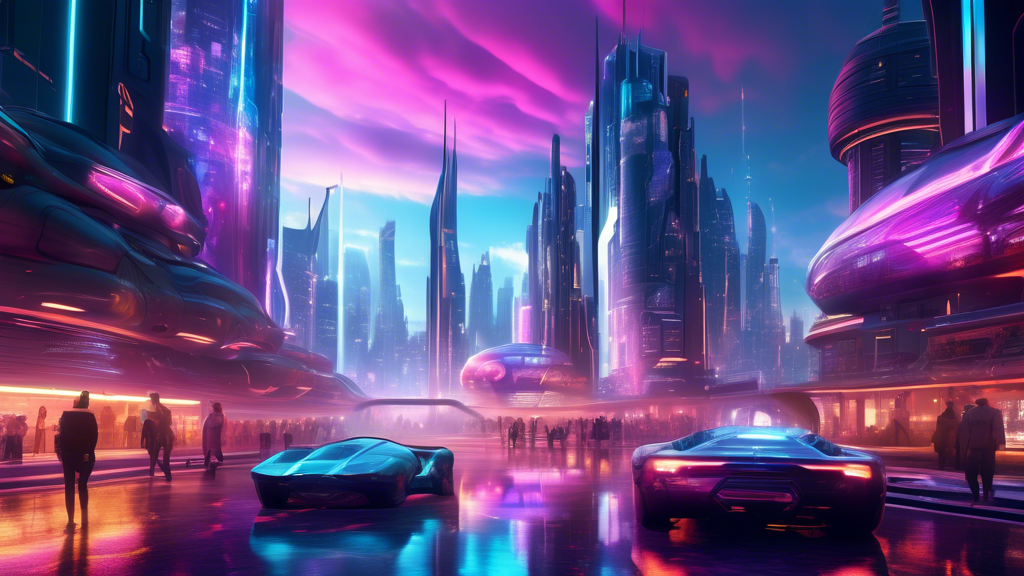Understanding Ray Tracing
Ray tracing is a powerful technology that has transformed gaming by making virtual worlds more realistic and immersive. At Logics Technology, we've watched this technology evolve and are excited about its potential in 2024 and beyond. Essentially, ray tracing simulates the way light interacts with objects in a digital environment. It traces the path of light rays as they bounce off surfaces, producing stunning visual effects like realistic shadows, reflections, and refractions.
Impacts on Game Design and Development
The adoption of ray tracing in gaming has had a significant impact on both game design and development. Designers are now able to create more detailed and atmospheric environments, pushing the boundaries of realism. Developers, on the other hand, must optimize their game engines to handle the complex calculations required for ray tracing, ensuring games run smoothly without sacrificing performance.
Ray Tracing in Gaming in 2024
As we move into 2024, ray tracing is set to transform gaming even further. Advances in hardware and software are making this technology more accessible than ever. Gaming consoles and PCs equipped with ray tracing-capable graphics cards are becoming more common, allowing gamers to experience these visual enhancements without needing high-end, costly setups.
New Possibilities for Game Developers
For us at Logics Technology, and for game developers worldwide, the advancements in ray tracing open up new possibilities for creativity and innovation. Developers can now create games with unprecedented levels of detail and realism. This means more realistic natural environments, intricate architectural details, and lifelike character animations. Ray tracing also allows for more dynamic lighting and shadow effects, which can significantly affect gameplay, making it more challenging and engaging.
Challenges and Solutions
However, integrating ray tracing into games is not without its challenges. The main hurdle is the high computational demand, which can affect game performance. But solutions are emerging. Game developers and hardware manufacturers are finding ways to optimize ray tracing efficiency, such as using hybrid rendering techniques that combine ray tracing with traditional rendering methods. This approach reduces the performance impact while maintaining high-quality visual effects.
Looking Ahead: The Future of Ray Tracing in Gaming
At Logics Technology, we believe that ray tracing is just scratching the surface of its potential in gaming. As technology advances, we anticipate even more innovative uses of ray tracing, such as in virtual and augmented reality experiences. These could offer even more immersive and interactive gaming experiences, blurring the line between virtual and real worlds.
Moreover, as game developers gain more experience with ray tracing technology and as hardware continues to improve, we expect to see a broader adoption of ray tracing across all types of games, from indie titles to AAA blockbusters. This will not only improve game aesthetics but also gameplay dynamics, as developers leverage ray tracing to create more engaging and realistic game environments.
Final Thoughts
In conclusion, ray tracing is set to redefine the gaming landscape in 2024 and beyond. Its ability to simulate real-world light behavior brings an unparalleled level of realism to games, enhancing the gaming experience in many ways. At Logics Technology, we are excited to be part of this journey and to see how this technology will continue to evolve, bringing new possibilities and challenges to the gaming industry.
Shop Logics Technology
